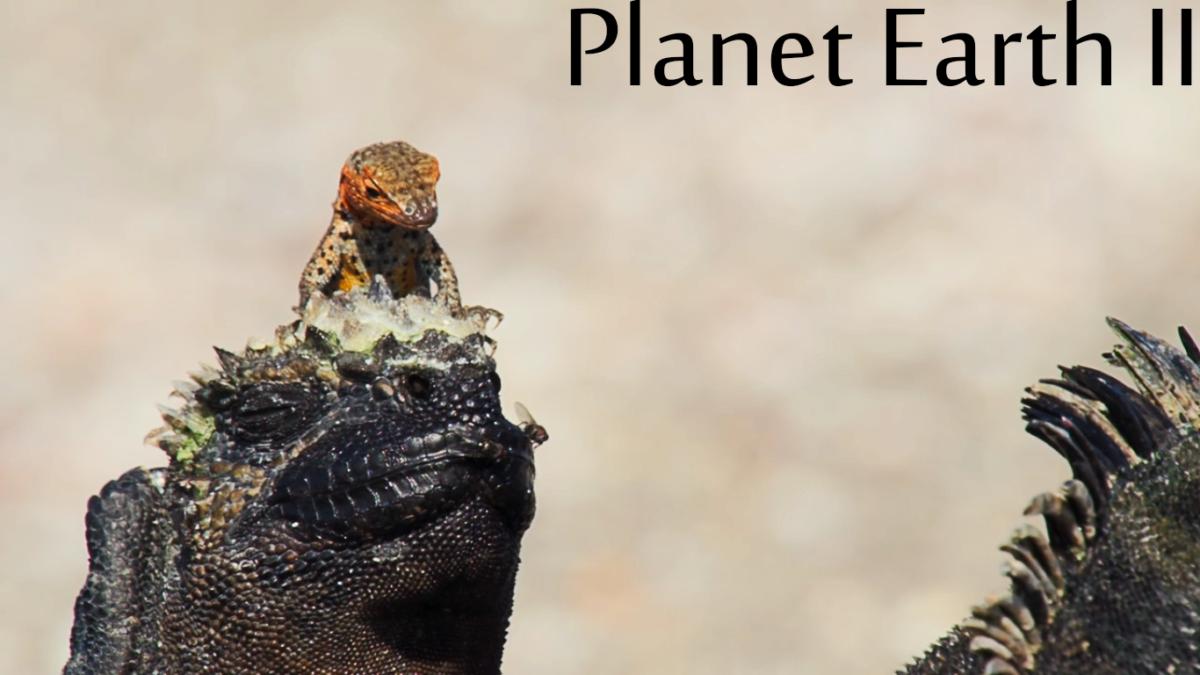Planet Earth II is the visually-stunning documentary series narrated by David Attenborough which explores how animals are able to survive in different environments. Broken up into six parts, each episode deals with different environments: islands, mountains, jungles, deserts, grasslands and cities.
Easily, the best part about this BBC mini-series is the breathtaking cinematography. Every shot of every episode is absolutely gorgeous. From the beautiful landscapes of the vibrant jungles to the snowy peaks of African mountains, Planet Earth II illustrates how beautiful nature can be. The documentary also gets up close and personal with a variety of animals. From glass frogs the size of a fingernail to the giant Indian elephants, viewers are able to admire how fascinating these animals are.
About the only time where the camera work falters is during the episode “Cities” where the night vision technology is being used to film the jaguars. Without the use of colour or really any defining features, the whole segment comes off looking like some bad CGI.
To go with the excellent cinematography is a wonderful score created by Hans Zimmer. As always, Zimmer’s score is impressive. Using mostly drums and violins, Zimmer is able to create a score that fits perfectly with the scene and elevate emotion, whether it be something upbeat and playful to add to a comedic moment or something loud and thrilling for a face-off between two animals. It is easy to say without the score, the documentary would not have been half as good as it was.
Planet Earth II is not a documentary you would show to an animal lover. Throughout the course of the series, animals hunt and kill other animals, even the cute ones. So if you’re sensitive to that kind of thing, avoid this documentary. Pushing that aside, there are a few instances of where the documentary throws surprising emotional punches, particularly in the episodes “Islands” and “Cities.” The “Cities” episode, in particular, was the best in the series.
While the other episodes were good with great cinematography and score, they lacked in narrative. For the most part, Planet Earth II is more focused at throwing random, yet interesting, animal facts at the screen than creating a simple narrative that makes the audience want to keep watching, as other documentaries do. There is only so much music and landscape a person can take before getting bored. “Cities” finally provides a narrative, showing how the rise of cities can have a very positive or very negative impact on animals living in the area.
Overall Planet Earth II is a visually stunning documentary series with a great score but lacks in entertaining the audience due to a lack of narrative. While the documentary is not completely boring, it has its good moments, those moments are too few and far between. Planet Earth II is the background TV show you put on while doing homework and is fine as a standard documentary.

